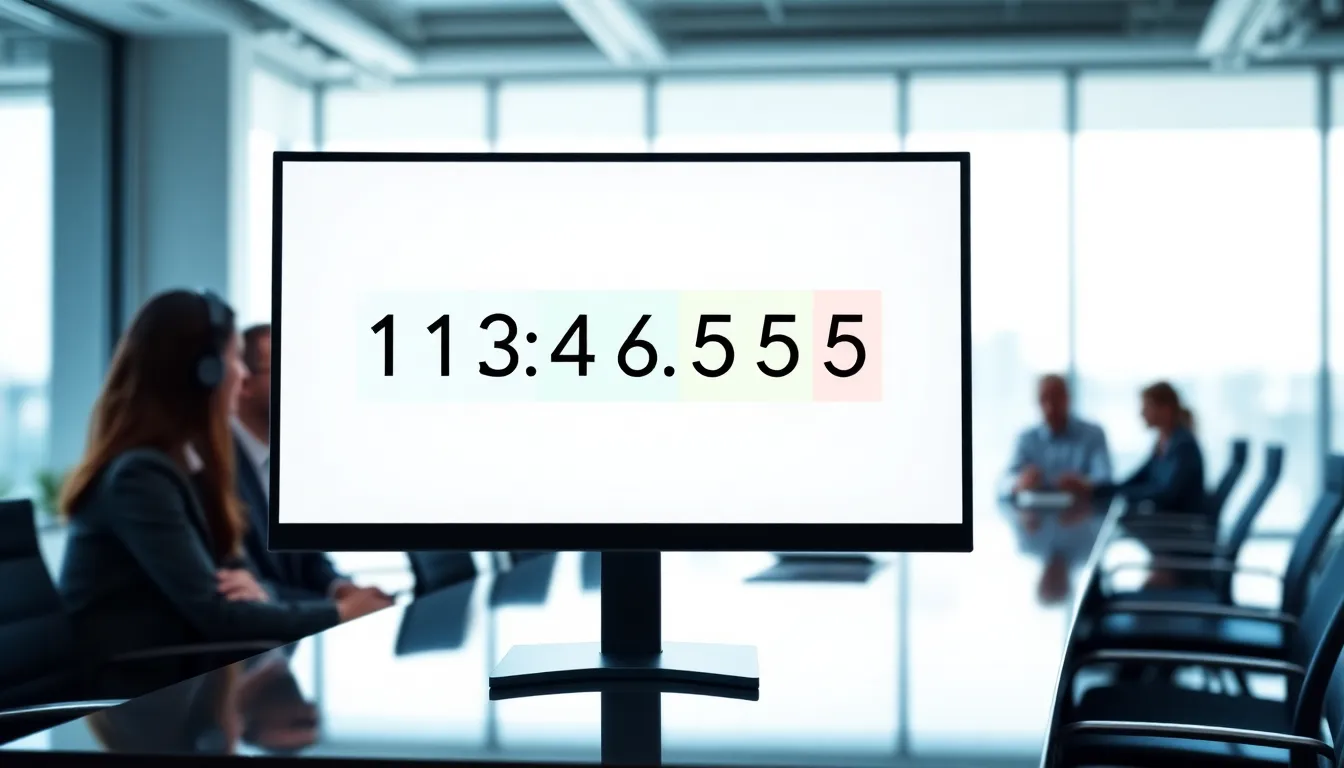Table of Contents
ToggleEver stumbled upon a string of numbers like 185.63.2653.200 and thought, “What in the world does that mean?” Well, welcome to the fascinating universe of IP addresses, where every click you make leaves a digital breadcrumb trail. Think of it like giving your computer a mailing address, without it, the internet would be a chaotic party where no one knows who anyone is. Get ready to dive deep into understanding not just this curious number, but the entire framework of how we navigate the online world, all while having a bit of fun along the way.
What Is 185.63.2653.200?

The Structure of an IP Address
An IP address serves as a unique identifier for devices on a network, allowing them to communicate. The global standard divides these numbers into four segments, each ranging from 0 to 255. So, you might be wondering, why does 185.63.2653.200 look a bit off? Well, it contains a segment of “2653” that exceeds the upper limit, which makes it invalid.
Typically, a valid IP could look like 192.0.2.1, breaking down as follows:
- 192, 0, 2, 1, each part representing a different byte of data. This structure plays a crucial role in data routing and ensuring packets find their way home safely.
Common Uses and Applications of IP Addresses
Why do IP addresses matter? Think of them as the “where” in the vast landscape of the internet. They’re essential for everything from sending emails to streaming your favorite shows. Businesses use them for tracking analytics or managing networks. Without an accurate way to pinpoint a device, our digital lives would quickly deteriorate into disarray.
Also, IPs are pivotal in identifying geographical locations, differentiating between devices in expansive networks, and even enhancing security protocols.
How IP Addresses Are Assigned
Dynamic vs. Static IP Addresses
IP addresses can generally be classified into two types: dynamic and static. Dynamic addresses change frequently and are handed out by servers as needed, think of them as a guest who borrows a chair at a party but leaves when they’re done. On the other hand, static addresses are fixed and permanently assigned to a device, much like a permanent resident at that lively soiree.
An example of dynamic addressing is DHCP (Dynamic Host Configuration Protocol), which efficiently allocates IPs as devices connect to the network. For businesses or individuals requiring consistent connectivity, static addresses are often preferred.
Risks Associated with IP Address Misuse
But, with great power comes great responsibility, misuse of IP addresses can lead to serious consequences. Malicious actors can spoof IPs to masquerade as trusted devices, enabling cyberattacks, fraud, and unauthorized access to sensitive information. So, understanding how IP addresses function and are assigned helps mitigate these risks by employing security measures.
Importance of IP Address Management
Tools for Managing IP Addresses Effectively
Managing an IP address inventory can be overwhelming, especially for corporations with thousands of devices. Tools like IP Address Management (IPAM) software streamline the process, providing visibility and control over the address space. These systems help manage subnets, assist in addressing conflicts, and maintain compliance with policies, turning what could be chaos into a well-orchestrated symphony.
Best Practices for IP Address Security
To ensure robust security, several best practices should be followed. Keeping firmware updated, monitoring the network for unusual activity, and implementing strong access controls can greatly enhance IP security. Also, segmenting your network can help contain breaches and minimize vulnerabilities.
Future Trends in IP Addressing
The Evolution of IP Addressing Systems
As technology evolves, so do IP addressing systems. Currently, the migration from IPv4 to IPv6 is a hot topic. While IPv4 supports roughly 4.3 billion addresses, the newer IPv6 can accommodate an astonishing 340 undecillion addresses. This transition is not merely about numbers, it’s about facilitating the growing demands of a hyper-connected world.
Potential Changes in IPv4 and IPv6
The impending shift to IPv6 is essential for future-proofing our digital landscape, allowing for increased security, better routing efficiency, and simplified administration. Businesses and service providers are encouraged to embrace this evolution to ensure they remain competitive and capable of handling future demands.






